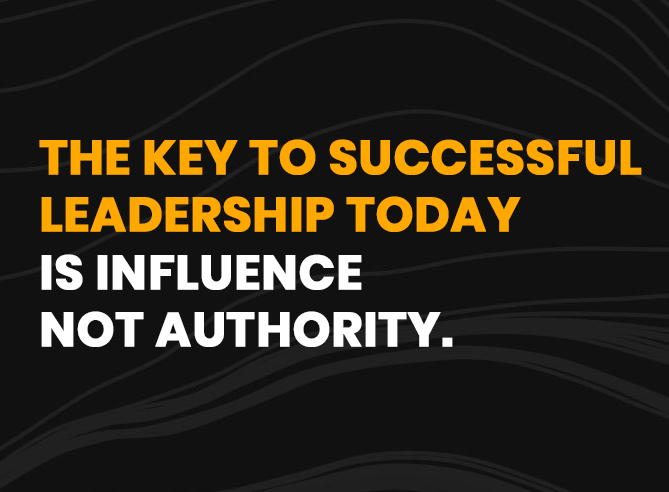

EXPERIENCE
Hi! Thanks for taking the time to learn more about me.
My name is Bob Cunningham, and I am currently seeking a position in Project Management. I hope that by learning more about me, you’ll see why I will be a tremendous benefit to my new employer.
Who you will get as
a project manager:
Of course, you will get a project manager who can fulfill all of the basic requirements of a good project manager
- Project Scheduling
- Progress Monitoring
- Cost monitoring and improvement
- Proactive problem seeking & solving
- Intelligent escalation of appropriate issues
- Additional business skills (statistics, cashflow forecasting)
- Communication with stakeholders (management, customer, project team members)
Project Management has been a natural job for me:
You will find that I have all of the good qualities that you’ll want in a project manager
- Thorough Planner
- Detail Oriented
- Proactive
- Business Experience
- Analytical Mindset
- Organized
- Problem Solver
- Negotiation Skills
- Honest and trustworthy
- Professional Image
- Good Leader & Team Builder
- Subject Matter Knowledge
- Excellent Communicator (Ability to speak the language of any person in the company)
I am excellent at planning.
Schedule and cost monitoring are important, however the most important skill that any project manager will have is to find potential problems before they exist. Preventative problem solving is not something easily taught in a class, and is not something that comes naturally to all people – however, I seem to have a particular knack in looking at the road ahead, and foreseeing bumps that may not be visible to other stakeholders.


Will two resources be overlapping inefficiently (driving up costs or causing delays)? Is there a gap in the planning that nobody else sees? By using a thought process that seeks out potential problems far in advance, I have been able to proactively eliminate many problems so that the project has a better chance to be completed on time, on budget, and within quality expectations. I don’t just create a project plan/schedule – I develop an in-depth understanding of the project, in order to seek potential problems that nobody else might see from my perspective. This can be used for simple manufacturing projects (like fulfillment of large capital orders that I’ve been handling), or for larger one-time projects (like moving from one factory to another). I will ask critical questions about each project, so that I can tie together all aspects of a project and make sure that the whole project will flow smoothly and efficiently.
I will ask more questions than most project managers.
That’s not because I don’t understand the project or the process, but it’s because the devil is in the details. The more details of a project I understand, the more proactive I can be. Successful projects come as a result of linking all different aspects of a project – both logically and chronologically – to make sure that all bases have been covered. In addition, my extensive technical background helps me to comprehend the project details in a way that will anticipate and minimize the possibility of project gaps.
I am someone who knows how to delegate,
but I’m also not afraid to get my hands dirty. In a well-run project, all stakeholders understand their roles and how to execute and plan accordingly. However, there may be events that occur which require intervention to keep the project moving efficiently- in a case like that, I am willing to dig in and lend a hand. Whether that means picking up a wrench, driving to get a part, or filling in a gap in another way, I’m not the type of person who will sit idly by while project performance drops off. I will always push for maximum project performance.
Continuous improvement is crucial to all types of businesses. Watching inefficiency is like fingernails on a chalkboard to me. Whether it is sitting in a poorly-planned meeting with a vague agenda or watching idle labor, my mind is always looking for ways to make things run as smoothly as possible. Sometimes it is simple to implement an improvement (i.e. bring an extra set of tools for less idle labor, or change stakeholder roles), but sometimes the Lean/Six-Sigma processes are necessary to really dig into an issue and maximize efficiency.
In the spirit of long-term improvement, I expect to be given (or volunteer for) periodic assignments to make improvements in the company. Whether I can design a Kaizan burst for improved cellular manufacturing, develop a written procedure for a department to improve efficiency, or develop a new meeting policy to decrease the amount of time spent in meetings, I consider it a mandatory part of any career to contribute to the company’s quest for continuous improvement.
Because of my broad experience, I also am able to take on tasks which do not fit neatly into existing departments – for example, if a company wants to change the way it operates, I can develop a comprehensive analysis of the company’s proposition and how it will impact all aspects of the company.
My business philosophy
In 2003, the Patriots won the Superbowl. I don’t follow football closely, however it seemed to me that the Patriots were playing against teams with better players.
When I talked to colleagues who followed the team much more closely, they told me that the secret to the team’s success was actually in the execution – each player had a crystal-clear understanding of their role, and they fit into the big picture. Each player practiced execution until it they were an expert on their own performance. By building a team where every position was filled with someone who was expert about what they did and how they did it, each player could have confidence that the other team members were doing their job well, which in turn gave them more confidence in executing their own role. In this light, maximum productivity from any company also comes from a well coordinated execution where every team member understands and executes their portion of the project in expert fashion.
For best efficiency, employees should have a clear understanding of their roles and the business procedures to follow. Ambiguity or confusion can lead to lower productivity and increased employee frustration – giving rise to uncoordinated business operations, poor customer service, and overall inefficiency. I have always been an advocate of good communication, so that every member of the company exhibits their highest possible output, through clear procedures and policies. The “Star Method” is also a great way for everyone to improve their overall productivity, with each department member sharing what techniques work best for them. Efficient and productive employees are generally also less frustrated and more satisfied with their jobs, and have more positive attitudes – this is crucial to having an entire company that beats the rest of the industry.
Change implementation is another area which seperates the well-run companies from the rest of the flock. In many companies, change is frequently implemented by an email or casual announcement from the boss dictating the change. However a properly executed change involves clear communications, interactive planning, and depending on the nature of the change, can require use of the “unfreeze – change – refreeze” process to transition the people into a new way of thinking and working.
Every change requires a change plan. It must consider the personalities/mindsets, procedures, culture, history, and interaction with other departments. It should involve two-way communication with all stakeholders- why the change is needed and how it will be done, input to ensure that all aspects are considered. It must involve a plan (including a schedule) of how the unfreeze-change-refreeze process will be handled, and how work will be handled in the interim. After the change, management must monitor and communicate to ensure that the change has “taken hold”, and decide whether the change was effective or whether further changes (or “tweaks” on the change) will be needed. Even a simple change like moving a coffee pot from one room to another can, without proper communication, cause a lot of frustration which will reflect poorly on the person who implemented the change.
My Work History
In 1993, I started working at Gloucester Engineering as a Sales Engineer. Within this position, I had several roles including basic functions like quote preparation and order management. In addition, however, when a customer was near order placement, my role because more critical including making technical presentations, creating technical specifications, selling the technical advantages of our product, and negotiation.
Gloucester Engineering manufactures large plastics extrusion machinery which is custom-engineered to meet each customer’s requirements. Selling this type of system requires a strong relationship with the customer, but also requires a highly technically competent selling presentation since the customer must have a very high level of confidence before they will outlay the large amount of capital required for one of these systems. In fact the selling process will typically require many meetings over the course of several months (or years) while a customer evaluates the purchase.
In 2005, as a member of GEC’s Process Excellence program, we created a Project Management department to improve order execution. Previously, once an order was entered, it just “happened” as long as everyone did their job. There was no oversight to make sure that the order was on schedule or budget, and no monitoring of overall order progress. The department was to oversee all aspects of order fulfillment from order entry and scheduling to order shipment. In addition to managing the project internally, the group was the primary point of communication with the customer.
Since the project management group oversaw all aspects of the project (including monitoring project costs), by nature it tracked resource utilization. We decided to use the EPM Portfolio Management system to track our internal resources, broken up into distinct resource pools: engineering (mechanical and electrical), machining, assembly (mechanical and wiring), checkout, and so on. By tracking the utilization of these resources on a company-wide scale, we could plan the labor requirements for each deparment, and we were also able to communicate with the Sales department to ensure we were agreeing to lead times that we could meet on new potential orders. I ultimately developed a procedure to export the resource data to Excel so the entire company would be aware of the upcoming workload. To see an example of my capacity planning, click here.

